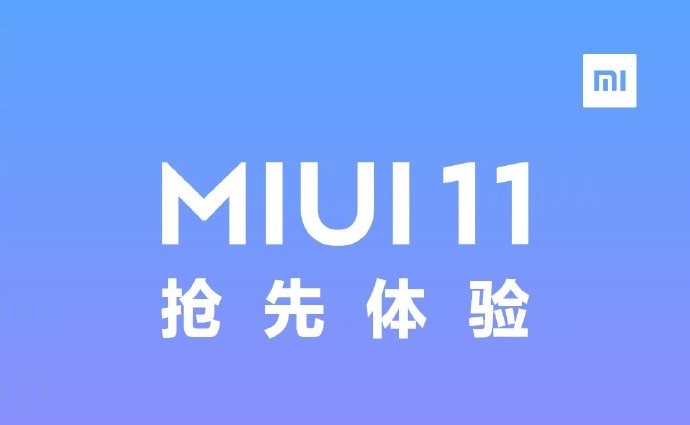Alongside the flagship-grade, Mi 9 Pro 5G, Xiaomi also unveiled the MIUI 11 on the 24th of September at a Chinese launch event. While the closed beta MIUI 11 was rolled out on the date of its announcement, it was limited to users who signed up for it via WeChat. Today, however, the company has started seeding the open beta version of the OS to device owners residing in China.
 In simpler words, users who are interested in trying out the latest operating system from Xiaomi can now do so before the stable version is released at a later point. In case you want to install this device, be prepared to encounter minor bugs which are yet to be resolved.
In simpler words, users who are interested in trying out the latest operating system from Xiaomi can now do so before the stable version is released at a later point. In case you want to install this device, be prepared to encounter minor bugs which are yet to be resolved.
Editor’s Pick: Ulefone Amor 3W/3WT proves to be as durable as the company claims (video)
To install the MIUI 11 beta upgrade on compatible devices, there are two methods which are listed below:
- OTA (over the air) update to latest MIUI 11, if you are running MIUI 10 development version.
- If you are running on a stable version of MIUI, you will have to clear your data and manually install the package. (Note: Backup all import data, if you plan to go this route.)
The company has also provided a list of devices compatible with MIUI 11 which include the following:
Xiaomi: Mi 5C, Mi MAX 2, Mi Note 2, Mi MIX, Mi 5s, Mi 5s Plus, Mi 5X, Mi Play, Mi Note3, Mi 6X, Mi 6, Mi MIX 2, Mi 8 SE, Mi 8 Youth Edition, Mi MAX 3, Mi CC 9, Mi CC 9e, Mi CC 9 Meitu Custom Version, Mi 8, Mi 8 screen fingerprint version, Mi MIX 3, Mi 8 Explorer Edition, Mi MIX 2S, Mi 9 SE, Mi 9
Redmi: Redmi Note 4X, Redmi 4X, Redmi Note 5A standard version, Redmi Note 5A high version, Redmi 5A, Redmi 5, Redmi 5 Plus, Redmi 6A, Redmi 6, Redmi Note 5, Redmi 6 Pro, Redmi Note 7, Redmi Note 7 Pro, Redmi K20 Pro, Redmi K20, Redmi Note 8 Pro
To refresh, some of the key highlighting features of MIUI 11 include a dedicated Children’s mode, Earthquake warning, family sharing, system-wide dark mode, new icons and smoother animations. To read more about the new OS, click here.
Even though Xiaomi is yet to reveal an official release date of the latest OS, it is expected to be rolled out from the middle of October. Noteworthy, these dates are valid for devices deployed in China – global users are likely to wait a little longer.
(via)
UP NEXT: Xiaomi Mi Mix Alpha Unboxed in video, Reveals Unique Protective Case as well







